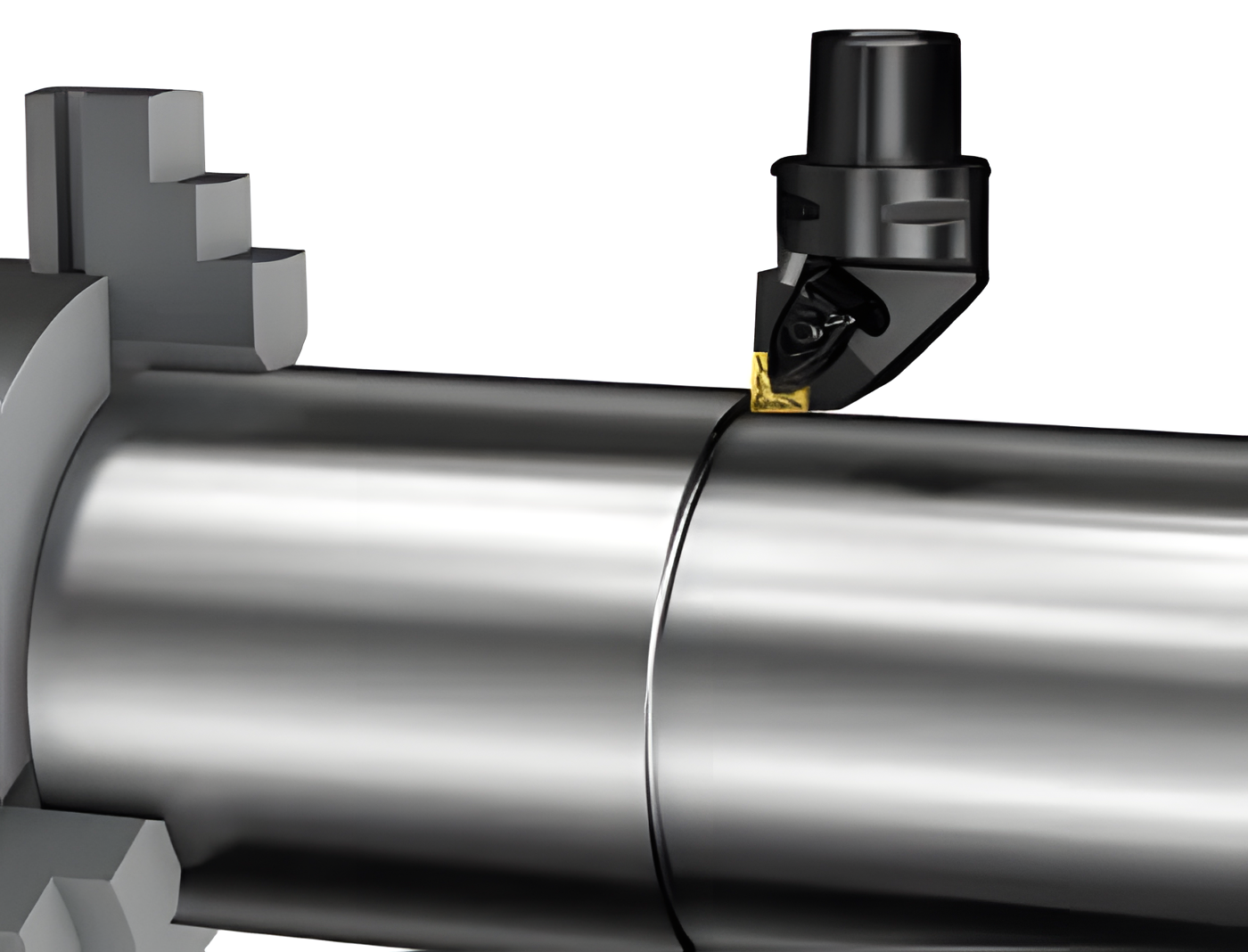Product Lines
 Hole Making
Hole Making Anti-vibration Tool Holders
Anti-vibration Tool Holders Milling
Milling Tooling Systems
Tooling Systems Solid Carbide Tools
Solid Carbide Tools Turning
Turning Accessories
Accessories
Hole cutting tool
- Rough Boring Tools
- Fine Boring Tools
- Boring System
- Cartridges for Boring System
- Drilling
- Automatic Telescope Back Boring Tool
- Inserts for Boring System
- Anti-vibration Turning Tool Holder
- Anti-vibration Boring Tools
- Anti-vibration Milling Tool Holder
- Special Anti-vibration Tool Holders
- API Ring Grooving Cutter
- Chamfer Milling Cutter
- Shoulder Milling Holder with Indexble insert
- Face Milling Cutter
- Side and Face Milling Cutter
- Modular Extensions for Tooling System
- DIN69871-A
- HSK-A
- HSK-T
- MAS403 BT
- PSC
- Solid Carbide Reamers
- Solid Carbide End Mills
- Solid Carbide Drills
- External Turning Tools
- Turning Inserts
- Center Block Tool Holder
- Boring Bar Series
- Sleeve
- Accessories
Modular knife (K interface)
- CBR Rough Boring Head
- NBR Rough Boring Head
- BR Rough Boring Head
- NLR Twin-flutes Rough Bor
- Rough Boring Tool with Al
- Rough Boring Tool for Ext
- Cartridge Rough Boring He
- Fixed Sized Boring Head
- CBF Fine Boring Head for
- CBF Micro-adjustable Fine
- NBF Fine Boring Head for
- NBF Fine Boring Head for
- NLF Rough Boring Head wit
- Fine Boring Head with Alu
- Fine Boring Head for Exte
- Cartridge for Fine Boring
- Boring Bar
- Shank Boring Bar with Typ
- Extensions
- Reducers
- Adaptor with Type PSC-K C
- BT MAS403 Adaptor
- DIN69871-A Adaptor
- HSK-A Adaptor
- Adaptor for Boring Tool w
- Morse Taper Adaptor for B
- Anti-vibration Tool Holde
- Heads for Anti-vibration
- Power Anti-vibration Tool
- Long Overhang Anti-vibrat
- Anti-vibration Tool Holde
- Anti-vibration Tool Holde
- Accessories
- Reduction with PSC Shank
- Extension with PSC Shank
- Extension for Shrink Fit
- Extension for ER Collet C
- Extension for Hydraulic C
- Extension for Tapping Chu
- Adjustable Adaptor
- Drill chuck adaptor
- Morse Taper with Draw Thr
- Morse Taper wtih Tang Ada
- Side Mill Adaptor
- Face Mill Adaptor
- Tapping Chuck Adaptor
- Shrink Fit Adaptor
- Weldon Adapptor
- Power Chuck Adaptor
- High Precision ER Collet
- ER Collet Chuck Adaptor
- DIN 69893 HSK A Semi-fini
- Adjustable Chuck
- HSK-C Adaptor
- Micro Compensation Tappin
- Hydraulic Chuck Adaptor
- Face Mill Adaptor
- Power Chuck Adaptor
- Weldon Adaptor
- Shrink Fit Adaptor
- High Precision ER Collet
- ER Collet Chuck Adaptor

 Product Lines
Product Lines Contact
Contact 简体中文
简体中文 English
English
